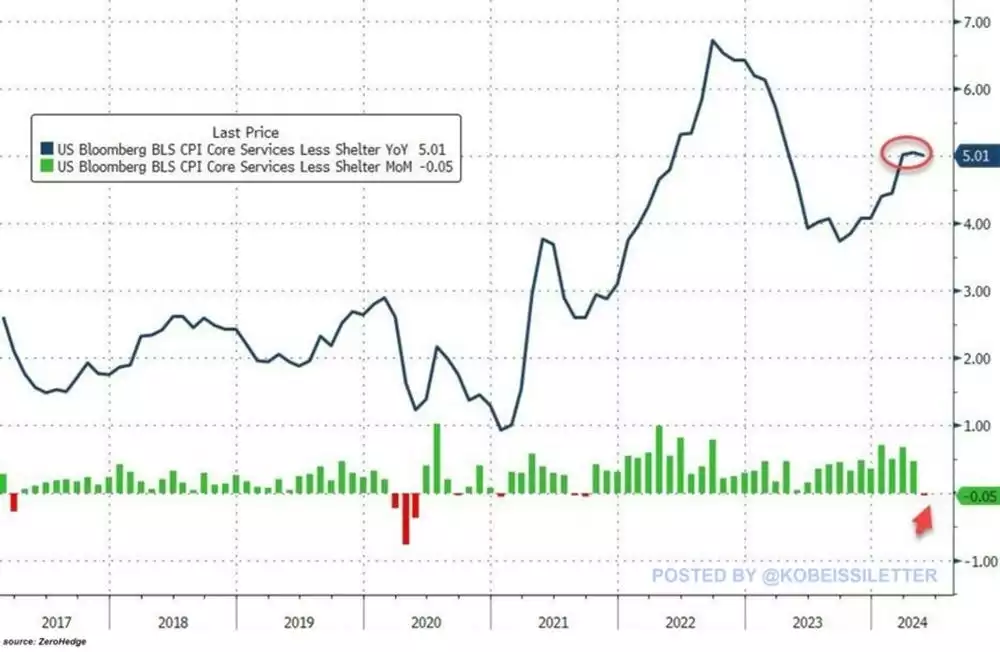U.S. CPI Dips but Rate Cuts Tempered
News
|
Posted 13/06/2024
|
1328
The much anticipated duo last night of the latest U.S. CPI print and the Fed meeting dished up conflicting data albeit on the same day. U.S. CPI inflation surprised to the lower side coming in at 3.4% v 3.5% expected, and down from last month’s 3.6%. Markets responded immediately with shares, gold and silver firming on the renewed prospect of rates cuts but then the Fed, whilst holding rates steady as expected, changed their ‘dot plot’ forecast to just one rate cut in 2024 but more in 2025. The Fed cited inflation as still not ‘finished business’, but admittedly before the softer CPI data came out. That saw the value heavier Dow Jones come off but the easy money hungry growth shares of the NASDAQ and heavily weighted SP500 held strong, shrugging off the prospect of fewer cuts. The USD of course came off too on the softer CPI.
We spoke directly to softer inflation in our latest Ainslie Research Macro and Global Liquidity Analysis and the softer print was not a surprise. We also pointed out that U.S. rate cuts are not a great influence on the extent of global liquidity. Firstly, the U.S. is not the world. We just saw the 3rd biggest economy of the Eurozone cut rates regardless of uncontained inflation and likewise last week Canada also cut rates. The May data shows a definite increase in global liquidity and this should continue to be constructive for gold and silver.
Overall, inflation has been above 3% for 38 straight months, the longest streak since the 1990s’ when it lasted for 54 months. Looking beyond that headline number and to one of Fed’s preferred metrics, the so called Supercore inflation which is core services less shelter and it looks less rosy, hence the Fed’s cautiousness. Over the last 8 months, it has risen significantly from just 3.8% in October. You can see below that last night may have been a pause or turn from that strong second rally.

Bond yields fell last night and stickier inflation continues to put pressure on real rates.
It will be interesting to see how the Fed balance the inflationary pressures of the Biden administration spending up big to win votes, adding more to deficits that need to be funded at these higher rates.